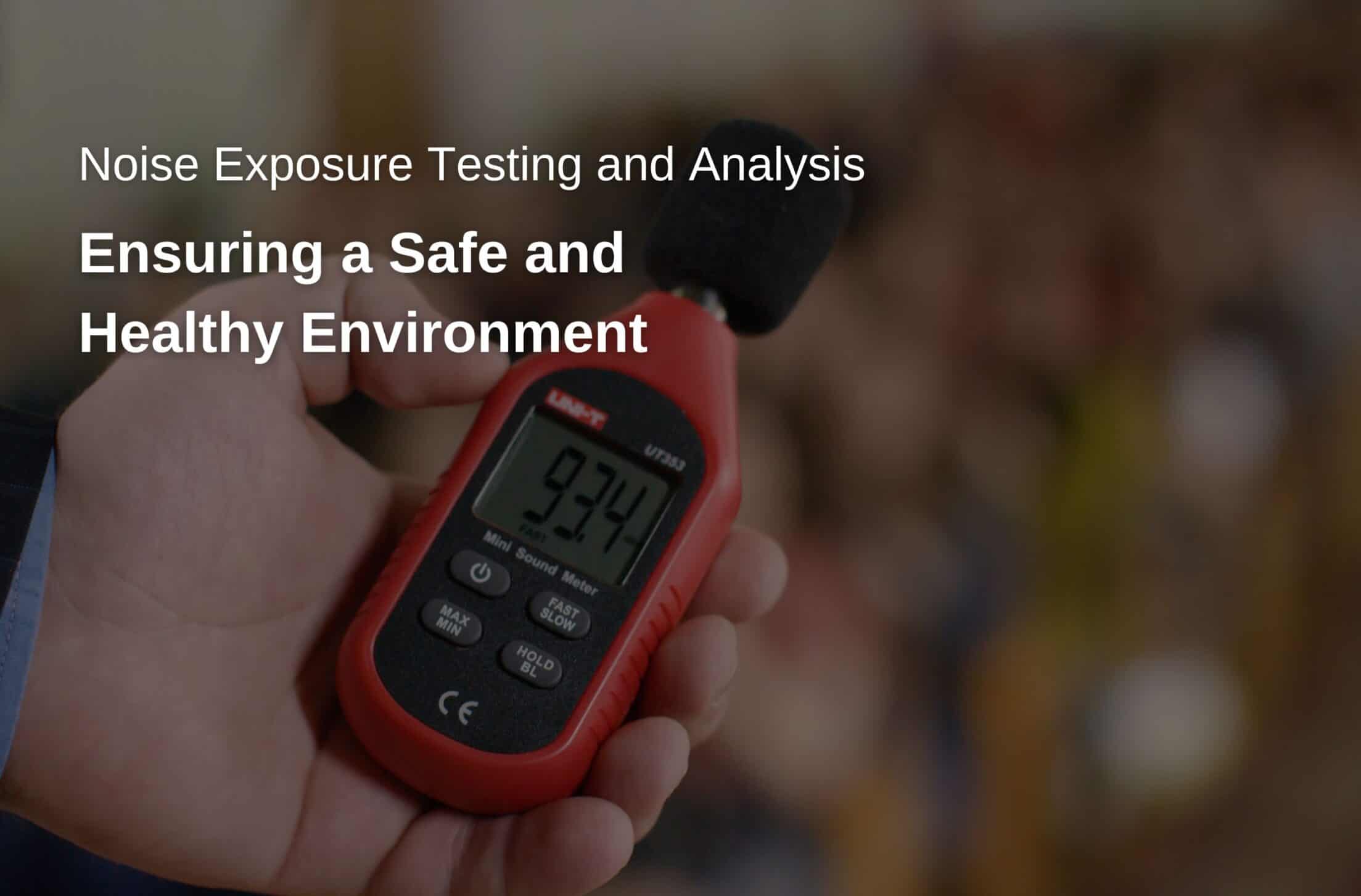
Noise! It’s everywhere we go these days. From the buzz of traffic to the hum of machinery, our ears are constantly bombarded with sound. But have you ever wondered how all this noise affects our health? That’s where noise exposure testing and analysis comes in.
So, what exactly is noise exposure testing? Well, it’s a process that measures the amount of sound energy that a person is exposed to over a certain period of time. This is important because prolonged exposure to high levels of noise can have detrimental effects on our hearing and overall well-being.
There are a few different methods used for noise exposure testing. One common approach is to use dosimeters, which are small devices that can be worn on the body. These dosimeters measure the sound levels that a person is exposed to throughout the day and provide valuable data for analysis.

Once the data is collected, it’s time for analysis. This is where the real magic happens. Noise exposure analysis involves examining the data to identify trends, patterns, and areas of concern. For example, if a certain area of a workplace consistently has high noise levels, it may be necessary to implement noise control measures to protect the workers.
But why is noise exposure testing and analysis so important? Well, for one, it helps us understand the risks associated with excessive noise exposure. By identifying areas of concern, we can take proactive steps to reduce noise levels and prevent hearing loss.
Another reason why noise exposure testing is crucial is that it helps us comply with regulations and standards. Many industries have specific guidelines in place to protect workers from excessive noise exposure. By conducting regular testing and analysis, we can ensure that we’re meeting these requirements and keeping our workforce safe.
Noise exposure testing and analysis also play a role in the design and implementation of noise control measures. By understanding the source of noise and how it spreads, engineers and architects can develop effective strategies to reduce noise levels in various settings, such as workplaces, schools, and residential areas.
So, what can you expect from a noise exposure testing and analysis? Well, for starters, you’ll get a comprehensive report that outlines the findings of the assessment. This report will include data on noise levels, exposure durations, and any areas of concern that were identified. It may also include recommendations for noise control measures and strategies.
Ultimately, noise exposure testing and analysis is a vital tool in our quest for a quieter, healthier world. By understanding the risks associated with excessive noise exposure and taking proactive steps to mitigate them, we can protect our hearing and improve our overall well-being. So, the next time you find yourself surrounded by noise, remember that there’s a team of scientists and engineers working behind the scenes to make the world a little bit quieter.
For any other questions or concerns regarding Noise Exposure Testing and Analysis, contact A-Tech today by clicking here.


